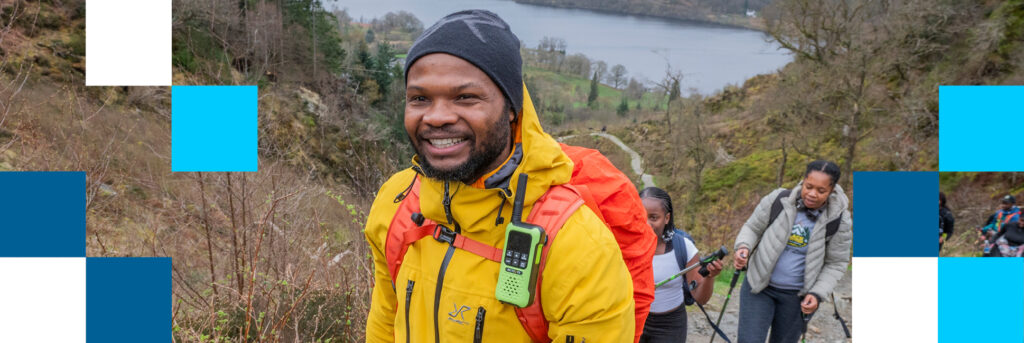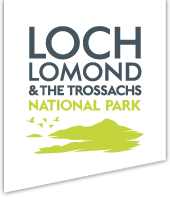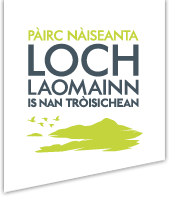
Tourism, Visiting and Leisure
Approximately four million visitors come to the National Park each year to enjoy and benefit from its natural beauty, rich heritage and recreational opportunities.
Challenge
In recent years, post COVID-19, more people are enjoying outdoor activities, such as hillwalking, paddleboarding and open water swimming. However, the popularity of the National Park also creates pressures and challenges resulting in impacts on our communities, the natural environment and behaviours which aren’t compatible with the Scottish Government’s ambitions to become a Net Zero Nation by 2045.
We also know that the visitor profile of those enjoying the National Park doesn’t fully reflect the diversity of Scotland’s population and more must be done to support people of all backgrounds to be able to benefit from the National Park.
The visitor infrastructure in the National Park – car parks, toilets, piers, paths – need to be improved and adapted to suit the way people enjoy the National Park now and to be more resilient to the impacts of climate change and to better support nature. For example, increased rainfall damages paths and bridges on popular routes including the West Highland Way.

Solution
We need to create opportunities for people to connect to the Park’s landscape and nature sustainably, with clear rules and incentives in place to influence positive behaviour, and infrastructure and services which facilitate great experiences whilst also protecting climate and nature.
A more coordinated, better designed, and managed network of visitor sites could reduce the impact of climate change and make it easier to manage visitor pressures, reducing the need for enforcement action. For example, a well-maintained path network (upland and lowland) which connects with transport and facilities and investment in infrastructure at key visitor hubs, such as at Balloch, Callander and Arrochar/Tarbet.
Meanwhile, in less visited areas, including remote hilltops, forests and glens away from roads and facilities, prioritising non-motorised access and recreation, will allow nature to recover more rapidly.
Goal
The goal is to transform the National Park into a more sustainable, low carbon visitor destination, where people from all backgrounds have a high-quality experience and feel connected to nature.
Communities would see fewer negative impacts from tourism on their daily lives, while tourism and hospitality businesses thrive, and nature recovers more rapidly in less visited areas.
Steps to take
- Deliver a multi-year Place Programme
- Improve travel infrastructure
- Provide a high-quality recreational path network
- Develop a new strategic transport partnership approach
- Make sustainable travel choices more attractive
- Improve travel routes and services
- Increase Sustainable Tourism
- Inspire action for nature and climate
- Support diversity and inclusion
- Support safe, responsible access
Progress Update
Steps are already being taken to deliver against these goals.
Work is currently underway to transform Tarbet Pier Picnic site, West Loch Lomond, into a low-carbon destination.
The Oak Tree Inn, in Balmaha, is a great example of a local tourism business taking action to address the climate emergency, whilst continuing to develop their business.

